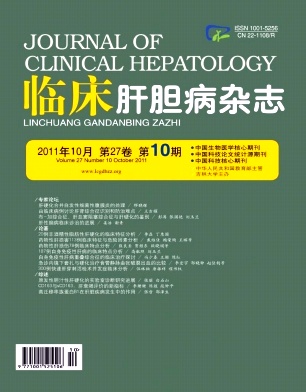Objective To evaluate the value of MESO scoring system in predicting the prognosis of patients with decompensated cirrhosis and to compare the predictable value of MESO, MELD and CTP and to investigate the prognostic value of the combination of MESO and CTP in decompensated cirrhosis.Methods Here we present a retrospective cohort study of 179 decompensated cirrhotic hospitalized patients in gastrointestinal department or infectious department from september 2007 to september 2009.CTP, MELD, MESO score of each patient was calculated by using the information collected at the time of admission to our hospital respectively and the capacity of three scoring systems was evaluated for predicting the prognosis of cirrhotic patients according to the receiver characteristic curve and the area under the curve.Meanwhile, the relationship between the outcome of patients and MESO index within a single CTP class was investigated.Results 37 (20.67%) patients died within the first 3 months, MESO and MELD of 3-month death group are significantly higher than that of 3-month survival group (P<0.05) .MESO for predicting the 3-month prognosis is more efficient than MELD and CTP.Youden index is 60.92%, 37.31% and 30.12% respectively and AUC is 0.88, 0.86, 0.78 (P<0.05) respectively.Mortality in the group of MESO index more than 1.6 is higher than that in the group of MESO index less than 1.6 (P<0.05) within a single CTP class.Conclusion MESO is a useful predictor for short-and mediate-term prognosis in decompensated cirrhotic patients and it is better than MELD and CTP.Combination of MESO and CTP scoring system can predict the outcome of patients with cirrhosis more efficiently within a single class.













 DownLoad:
DownLoad: